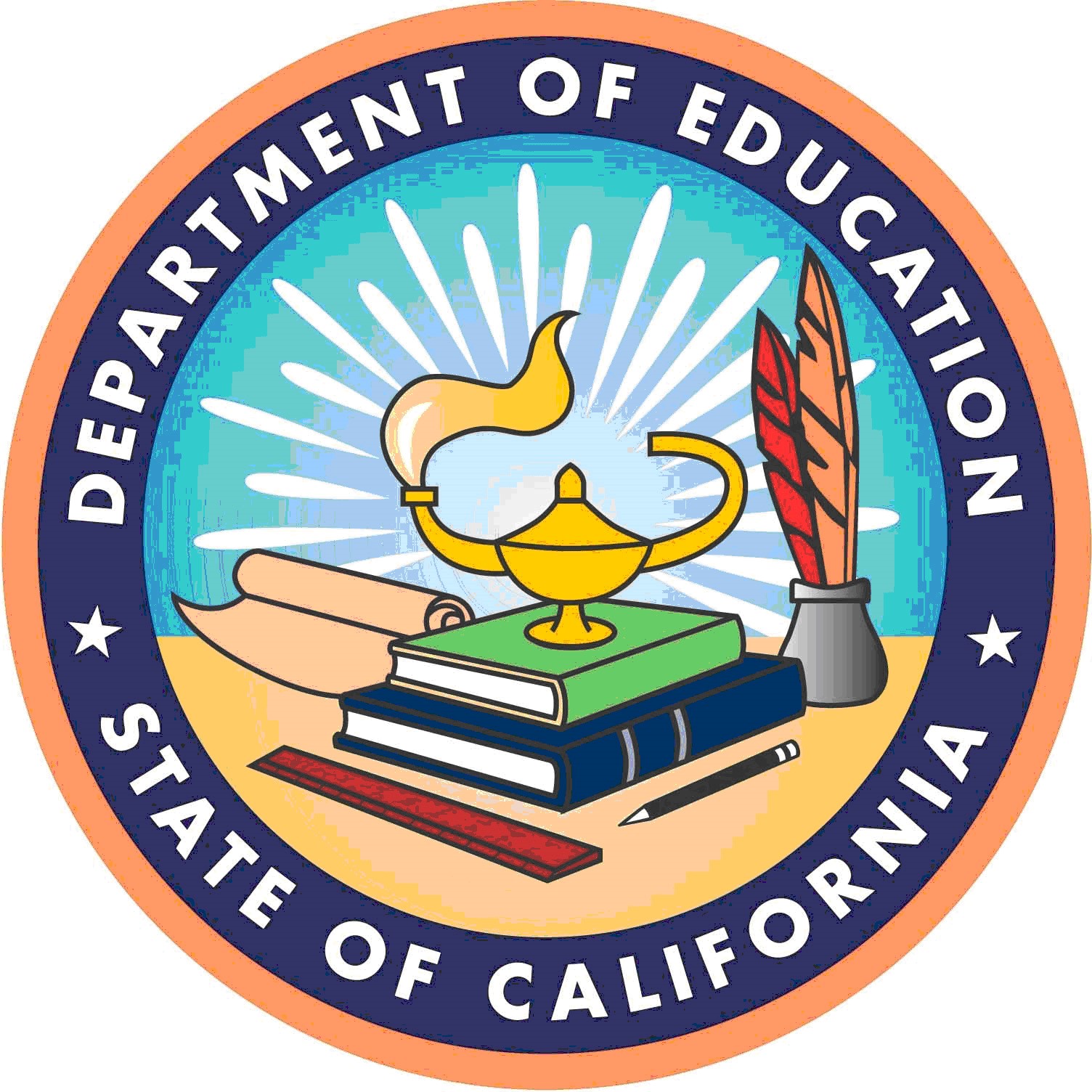This blog post, by Leslie Lingaas Woodward, was first published by The California School Boards Association.
The International Dyslexia Association of Northern California, along with Learning Ally and Decoding Dyslexia, CA are sponsoring a day-long program on Saturday, October 20, 2018 at the Ed Roberts Campus in Berkeley, CA.
The event, Dyslexia and AB 1369: School and Community Partnership & Critical Next Steps, will begin with IDA’s popular Experience Dyslexia® simulation, a group activity that gives a hands-on sense of the classroom challenges these students confront. An afternoon panel of dyslexia experts, former members of the Dyslexia Guidelines working group, teachers and school administrators will share ways to implement guideline recommendations, drawing on examples from San Francisco Bay Area school districts.
About Dyslexia
Dyslexia is the most common learning disability, affecting up to 20 percent of the population. This means that, statistically, every classroom in California has several students with dyslexia who struggle to acquire literacy skills.
In 2015, the California State Legislature passed Assembly Bill 1369, which required that the California Department of Education create state Dyslexia Guidelines to assist teachers and parents in identifying, assessing and supporting these students. The guidelines were developed with input from an expert working group and published in August 2017.
What is Dyslexia?
Dyslexia is a type of neurobiological diversity characterized by problems with accurate and/or fluent word recognition and by poor spelling and decoding. Contrary to common myth, people with dyslexia do not see things backwards, but they find it hard to associate word sounds (phonemes) with the proper letter symbol (graphemes). Dyslexia is not related to intelligence and there are many bright students with the condition. Dyslexia can be inherited — often a child with dyslexia has a parent with this learning difference.
The underlying brain differences that characterize dyslexia can be discerned at an early age with imaging tests such as functional magnetic resonance imaging. These same imaging tests show that the neural patterns characteristic of dyslexia can change with evidence-based instructional interventions.
Students with Dyslexia need Structured Literacy to Learn
The state guidelines recommend “Structured Literacy” for all students with dyslexia. This term has been adopted by the International Dyslexia Association and other groups to describe evidence-based instructional approaches that teach students explicit and systematic strategies for decoding and spelling words. IDA has published Knowledge and Practice Standards for Teachers of Reading to help guide classroom and special education teachers in acquiring these skills.
Universal Screening for Early Identification
The achievement gap between students with dyslexia and typical readers is apparent by first grade. For this reason, the Dyslexia Guidelines recommend universal screening to identify at-risk students, beginning in kindergarten. Screening should cover such areas as phonemic awareness and rapid naming, both strong predictors of dyslexia. Universal screening is a key piece of a Multi-tiered System of Support and is the first step in identifying which students may need Structured Literacy. Screening should also include English learners, as these students are just as likely as native speakers to have dyslexia. The state guidelines list options for screening tools. Others are under development, including one from the UCSF Dyslexia Center.
______________________________________________________________
Leslie Lingaas Woodward is a past president and current advisory board member of IDA Northern California. She is a Bay Area-based freelance writer and Structured Literacy tutor.
 Learning Ally’s human-narrated audiobooks are listed in the new California Dyslexia Guidelines (CDG) as a recommended reading accommodation by the California DOE.
Learning Ally’s human-narrated audiobooks are listed in the new California Dyslexia Guidelines (CDG) as a recommended reading accommodation by the California DOE.